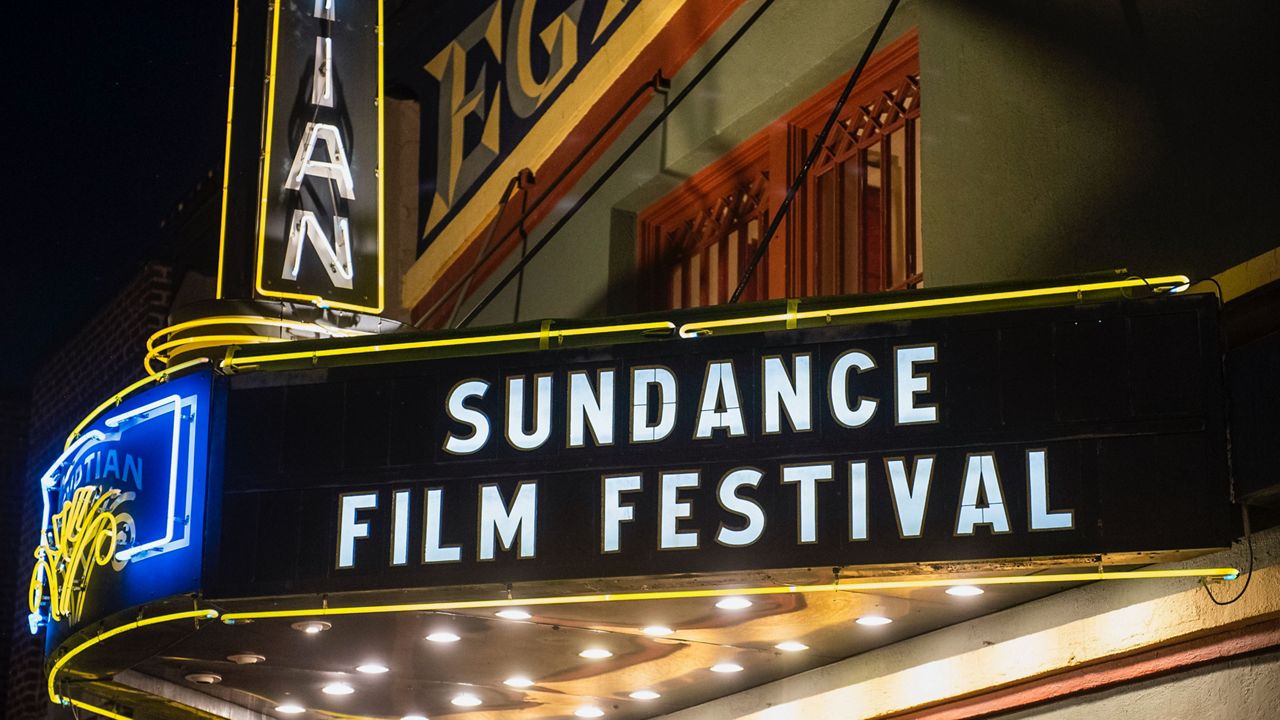LOS ANGELES, Calif. — The homelessness crisis has been a major issue in California for quite some time, but finding shelter for the unhoused remains a problem around the country.
But how do different members of the public feel about homelessness?
One USC PhD student helped build an AI system that gages how people feel about homelessness across America.
Jaspreet Ranjit is in the third year of her program at USC’s Computer Science Department.
The 25-year-old has been involved with advocacy organizations since middle school, and when she moved to Los Angeles for school, she wanted to help improve how local community groups and organizations collect data.
“I saw several pain points that they were experiencing, particularly around data analysis, and data collection,” Ranjit said. “That’s where I saw opportunities for innovation on that front.”
Ranjit helped create the Online Attitudes Towards Homelessness, or OATH AI model, that collected data from 2.4 million social media posts on X. OATH can organize the data, and break the posts down into different categories, such as solutions, interventions, government critiques and more.
After reviewing the data from the social media posts, Ranjit could see how the public feels about homelessness.
“The common misconception around public perceptions is that there’s a lot of hateful, and harmful rhetoric towards people experiencing homelessness,” Ranjit said. “But from our analysis, we found that there’s actually a large proportion of individuals offering solutions and interventions, and offering assistance.”
OATH can categorize the social media posts by state and city, and typically sees a spike in tweets about homelessness when news breaks about the issue, or the government makes an announcement about programs geared towards aiding unhoused individuals.
Ranjit believes collecting this data can help policymakers make more informed decisions by understanding how the constituents feel about homelessness in any particular area.
“There’s community members with opinions on where to build shelters and how to build shelters,” Ranit said. “It’s important when to take those into account, when formulating these policies.”
Last month, California Governor Gavin Newsom signed an executive order on using generative AI, with part of it calling on developers to help with solutions for homelessness, including creating more housing with data and accountability, and also connecting unhoused individuals with local shelters and finding better treatment.
Swabha Swamdipta is a professor at USC and an associate director at the school’s Center for AI and Society.
She helped Ranjit with the OATH model and says while the technology has come a long way, AI has to be used in partnership with humans who work in a particular field to help find solutions.
“You have to work in collaboration with experts, with people who do this kind of social work,” Swamdipta said. “And use these kind of language technologies to assist them.”
As she continues her advocacy and helps to build models to aid with social issues, Ranjit wants to continue to further technology that aid the public.
“I feel like this a fantastic opportunity to be able to work on pressing societal issues,” Ranjit said. “Using the technology that we have available to us today.”













